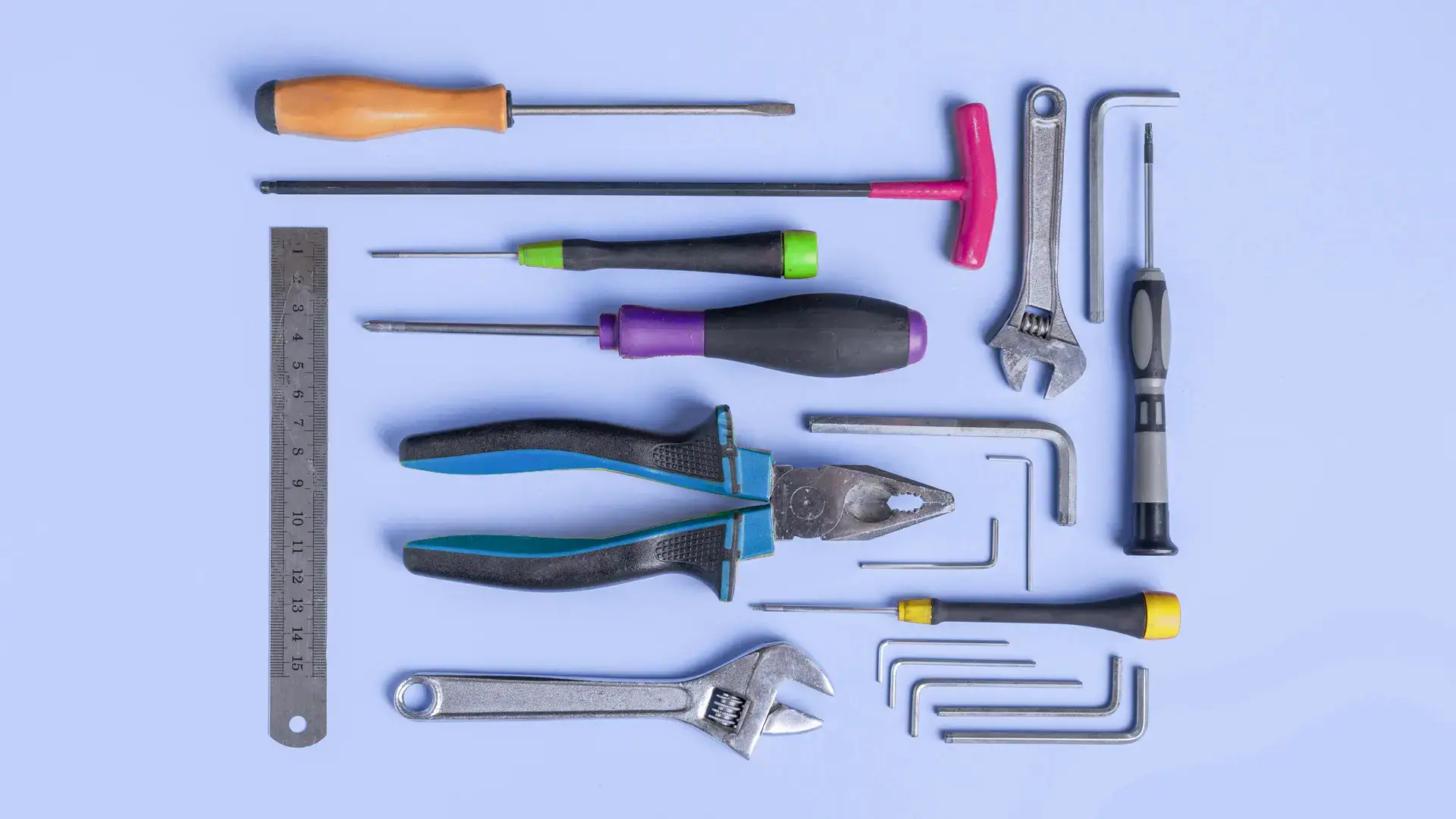

Key Takeaways
- Hiring professionals must recognize the power and responsibility they have in the hiring process.
- Bias can affect every step of the hiring process, and organizations need to rethink their approach to simplify and standardize the process to reduce bias.
- To create equitable conditions, managers and everyone involved in the hiring process must receive training to keep diversity and equity in mind.
This article from Jenn Tardy is about questions you need ask to identify hiring bias. To learn more about how to improve your organization's diversity, equity, and inclusion, check out these new guides: Helpful Diversity Recruiting Strategies You Need To Know and Diversity Recruiting Tools to Match Your Organization.
Have you ever taken a moment to consider the power you hold in your role as a hiring professional (i.e., recruiter, hiring manager, and/or interview team)? Think about it. You have top-level access to one of the most powerful systems that impact the outcome of human lives. Having access to the employment system (i.e., the hiring process) means you have a level of power to decide which candidate gets the job. And remember that the candidate who gets the job gets the money which then supports the candidate's home, family, community, and local economies.
Like the famous quote says: “With great power comes great responsibility.” If you participate in the hiring process, you have a responsibility to disrupt the bias that hides in the policies, practices, and behaviors that make up that process so that historically underrepresented groups (i.e., women, people of color, veterans, LGBTQIA+ people, and people with disabilities) can equitably access and compete for opportunities within your workplace.
So I will ask again, as a hiring professional, have you ever taken a moment to consider just how powerful you are? You are really in a position to change lives with one interview, one phone call — one hire.
Bias can thwart diversity at every step of the hiring process — from recruiting, screening, and interviewing to assessment and onboarding. A vast body of research shows that the hiring process is biased and unfair (no matter how many years we have been working toward removing it). Think about a job description that you read recently. A long list of tasks? A mountain of qualifications? What about during and after the interview? Do you conduct interviews with a colleague or a panel of them? Do you have an objective set of criteria to qualify candidates against? All of the above can perpetuate bias and thwart diversity at every step of the hiring process — from recruiting, screening, and interviewing to onboarding and performance assessments.
Today you get to ask yourself an important question: in my role, what am I doing to contribute to the inequitable outcomes of the hiring process, and what can I do to generate better outcomes? To be effective in diversity recruiting, you must be willing to identify and disrupt bias. You must commit to using your role and influence the hiring journey of each candidate equitably rather than remain inactive and preserve the hiring system as it is. You and your team need to think more broadly about simplifying and standardizing your hiring process by first understanding what hiring biases there are and the ways your hiring journey might be creating an obstacle course for candidates.
Unconscious bias can sneak in and play a big role in who gets hired. But there are steps you can take to recognize and reduce these biases. Where should you start? How can you help others on your team do the same? Start by asking yourself (and your team) critical questions that can help you to identify bias in your hiring process. Here are six sample questions that can get you started:
- Question #1: Are these truly the minimum qualifications listed on the job description, or have you inflated the eligibility to some degree?
- Question #2: Do ALL applications that are submitted before the posting deadline get reviewed?
- Question #3: Do you have a program to collect voluntary candidate demographic data to help you get a better idea of the level of diversity within your candidate pool?
- Question #4: Does your interview team understand the qualifications for the role and what it looks like when someone does or does not meet the qualifications?
- Question #5: Do your recruiting/hiring managers have a consistent approach to collecting candidate feedback? Ensure relevant feedback is provided on all candidates?
- Question #6: How frequently is our organization monitoring performance review ratings for rater bias that may disproportionately affect underrepresented populations and ultimately affect promotional opportunities?
In an ideal world, hiring someone new would be a meritocratic process where the best person gets the job. Sadly, we know this is not the case. Our bias seeps into the hiring process, regardless of how well-intentioned we are — and if we are not careful, we begin measuring whether or not a candidate is qualified based on factors that have nothing to do with their ability to perform the job.
In addition to the above, organizations need to understand (with the help of data), first, which populations are underrepresented and work with diversity recruitment experts that can bring an outside perspective. Next, an external expert can work with you to develop a plan that fits the needs of your team to increase representation in those specific areas.
It's not enough for hiring leaders and teams to understand unconscious bias and the implications it can have within a business. Instead, to create a genuinely fair candidate and employee experience, you must train your managers — and anyone involved in the hiring process — and encourage your employees to keep Inclusion, , diversity, and equity top of mind. You have the power to create equitable conditions for candidates and future employees.
I'll see you on the other side!
This article was originally posted on our Aquent blog.
Related

Great brand collaborations are the best to strengthen identity.
Design & Experience, Insights & Trends, Marketing & Creative, Beauty and Fashion

Consumer demand and policy are driving EV market growth.
Development & Technology, Insights & Trends, Automotive

Are you missing opportunities to improve health screenings?
Design & Experience, Marketing & Creative, Health



